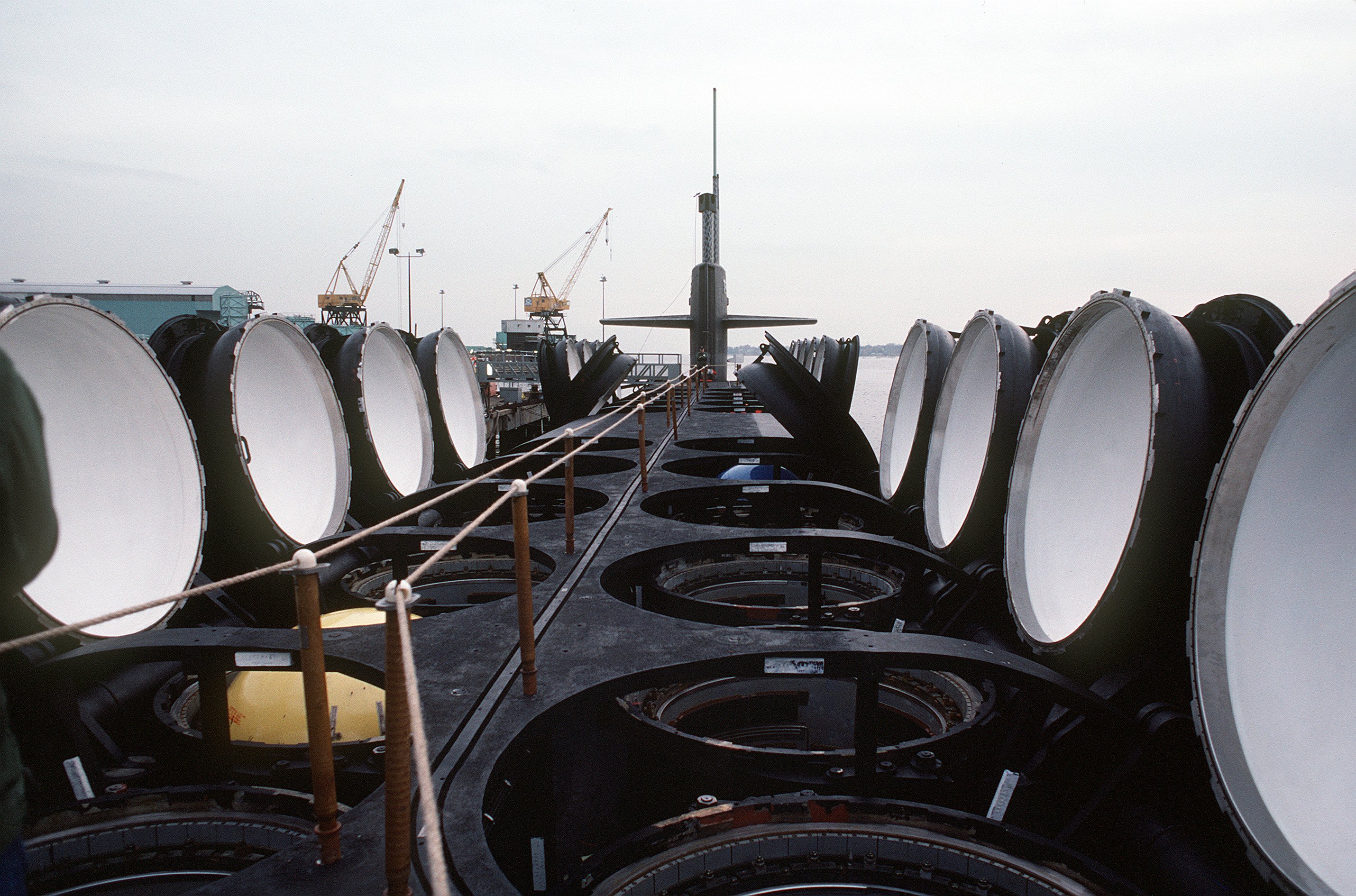
Navy and Pentagon acquisition officials this week spent a day at General Dynamics Electric Boat in Connecticut and Rhode Island, taking a close look at the Columbia class — formerly the Ohio Replacement Program — ahead of a Milestone B decision this fall, the Navy’s acquisition chief told USNI News.
Sean Stackley, the assistant secretary of the Navy for research, development and acquisition, said the Defense Acquisition Board was previously expected to send the program into engineering and manufacturing development in August. However, that DAB decision to approve Milestone B was pushed back to allow for a day-long deep dive at the Electric Boat facility.
“The DAB was scheduled for the end of August. What we – and I say we as the Navy with [Pentagon acquisition chief Frank Kendall] – decided would be a worthwhile thing to do is rather than go straight to a DAB, where there’s a bunch of information presented leading up to a decision, that we would spend a day with the shipbuilders at the shipyard doing a deep technical dive on the status of design, development, production planning, early production activities, the schedule, take a look at the cost, cost-reduction initiatives, these sorts of things,” Stackley told USNI News after a giving a speech at the Marine Corps Association’s annual combat development dinner.
Due to schedule conflicts, the visit to Electric Boat was pushed back to this Tuesday, Stackley said, “so that’s done and the DAB now is scheduled for the first week in November. So things are on track.”
Program Executive Officer for Submarines Rear Adm. Michael Jabaley told USNI News in July that Milestone B approval would send the program into detailed design and engineering. The DAB meeting would also be the program’s opportunity to present acquisition officials with a revised cost estimate, which would be made public after the DAB meeting.
A 2014 cost estimate put the program’s average follow-ship cost — ships 2 through 12, not including the more-expensive lead ship – at $5.2 billion, squarely in between the mandatory threshold of $5.6 billion and the target objective of $4.9 billion. That estimate also put non-recurring costs – engineering work and building facilities to support boat construction – at $17.4 billion.
Concurrent with the cost estimate revision and preparation for the DAB meeting has been contract negotiations beteen the Navy and Electric Boat. The Navy released its request for proposals on Jan. 4 and received the company’s response back on May a20, leading to “a very intensive review cycle” and “hardcore negotiations later this summer” in the hopes of signing a detail design contract by this fall, Jabaley said in July.
“My goal is to award the contract by the beginning of the fiscal year, October 1,” Jabaley said.
“It will be a challenge to get it done by then, just based on the timing, but I would say that the contract award process has our highest attention.”





